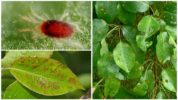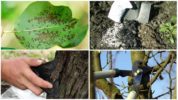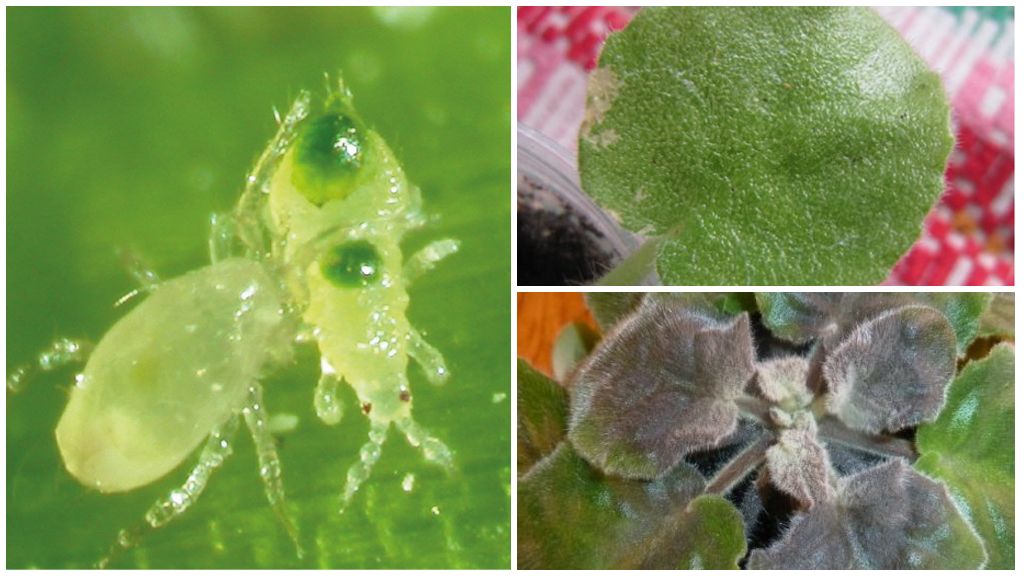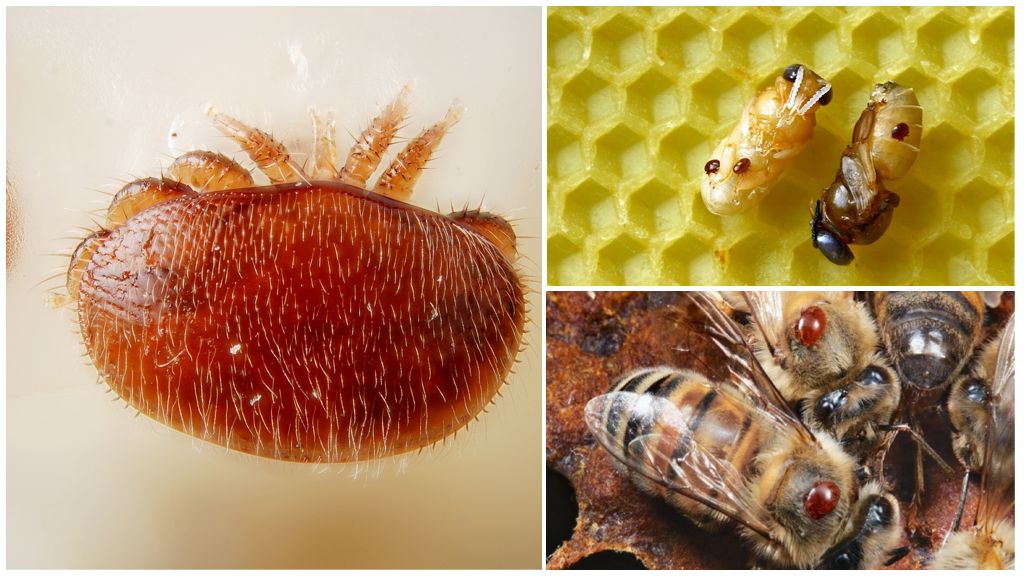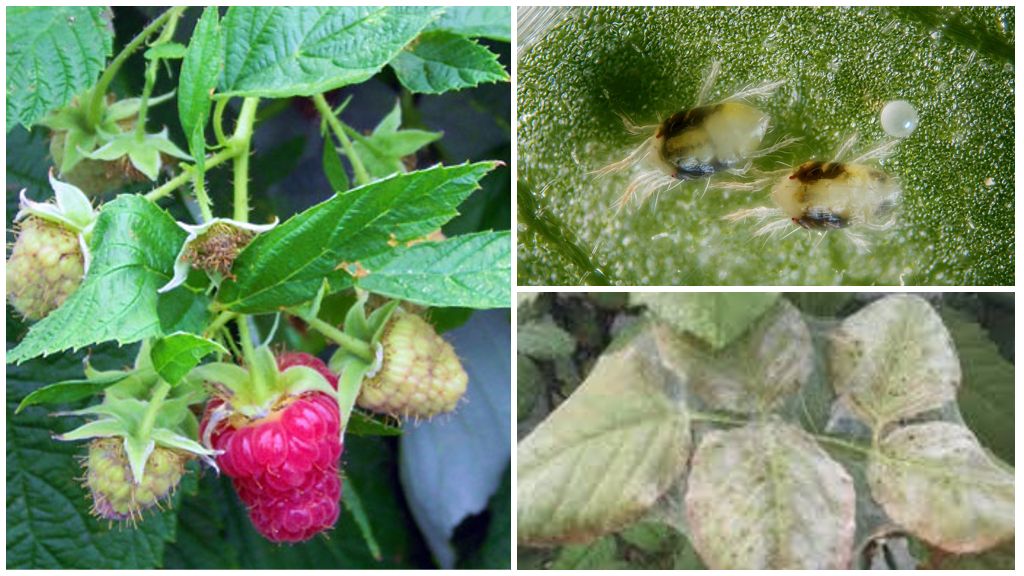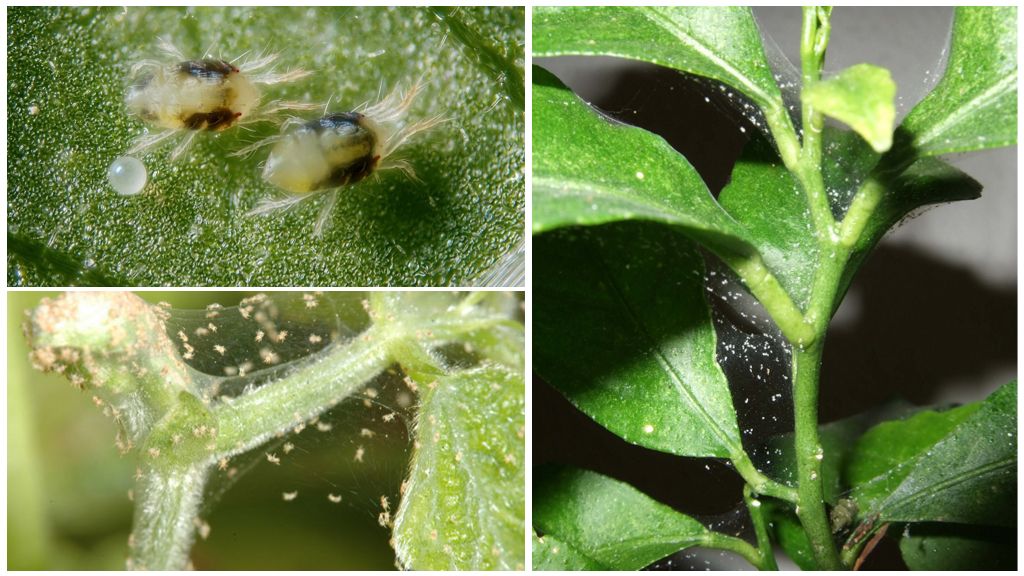- Gall tick on a pear
- Gall mite control
- Folk ways to combat the gall tick
The number and size of fruits on trees in the garden in most cases depends on the health of the stem, if the plant is sick or has been attacked by pests, this will affect the future harvest. Most often, garden plants suffer from attacks tickswhich there are many varieties. There are various measures to combat the gall tick on a pear, each gardener independently chooses the most suitable for himself.
How to recognize a gall tick
Before proceeding with the fight against a pest, it is necessary to find out the signs of its occurrence and determine whether it is it precisely. The pear gall mite, like the parasite on the sink, appears most clearly in early summer, when the leaves have already bloomed. The parasite itself has the following appearance:
- the size of the tick is very small, only 0.18 mm;
- the body color is white; by autumn it becomes pinkish or light brown;
- two pairs of legs allow the pest to travel in the right direction without problems.
The naked eye will not be able to examine it, the features of appearance are visible only in the photo of the gall mite. Malicious activity is distinguished by the characteristic darkening of the leaves, the affected parts of the tree acquire a brown hue. A gallic rowan tick is recognized by the sharp yellowing of the leaves, then dark dots appear.
Pear pests are not afraid of low temperatures, they spend the wintering in the kidneys of boles, which earned the name of the kidney tick.
Interesting!
Up to 150 parasites can winter in one kidney, each of which will lay 4-6 eggs here.
The development of larvae occurs in the winter. In the spring, when the development of the leaves begins, each of them will already have a "lodger" who eats juices and forms galls. On pear leaves, tick infection manifests itself as follows:
- yellow-brown or black small dots;
- small swellings that create the effect of expanding the sheet plate.
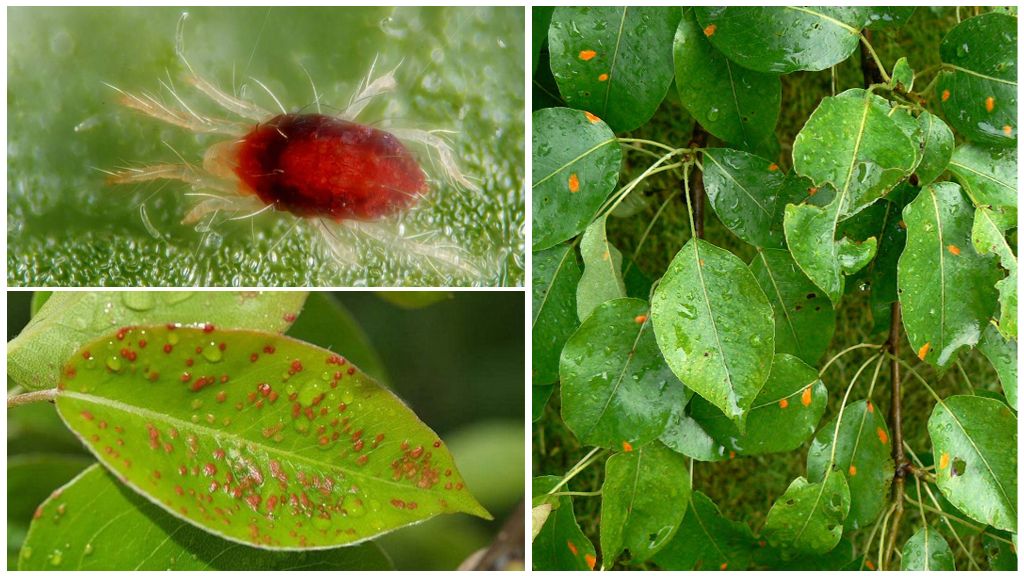
Clumped swellings form a kind of swelling on the leaves, sometimes it can burst, this indicates that the ticks have little space and they choose a new object for life.
The harm of gall ticks
Pests such as gall and spider mite negatively affect the growth and development of garden plants. The parasites that settled on the stakes suck the sap from the tree, thereby depriving the plant of strength. The consequence of such a defeat will be:
- lower yields, and the fruits will become smaller;
- leaves will develop poorly;
- branches may dry out.
With a large accumulation of ticks, the boom can completely die. There is a cure for garden plants for this scourge. The fight against the gall mite is carried out not only in the summer, processing should be carried out regularly, starting in the spring months.
Important!
Gall tick can easily settle on an apple tree, pear, sea buckthorn, currantas well as maple.
How to deal with a gall tick
You can get rid of an unwanted resident of the garden in several ways, each of which will have a good effect. Processing a pear or other fruit plant is carried out both by chemical preparations and folk remedies, the effectiveness of which is almost the same.
Agrotechnical control options
These methods are recognized as the most effective, their application will allow 100% to get rid of parasites on the fruit representatives of the infield and on the bird cherry.
The fight is carried out as follows:
- the application of mineral fertilizers in the spring and in the winter will make the foliage of the trees less tasty for parasites, the increased osmotic pressure in the juice will complicate their nutrition;
- it is necessary to regularly clean the skeletal branches and trunk of the old bark, do this at the very beginning of spring and autumn;
- fallen leaves and fruits must be removed from the okolotambovoy territory;
- regularly trim the crown; remove dry and old branches on time.
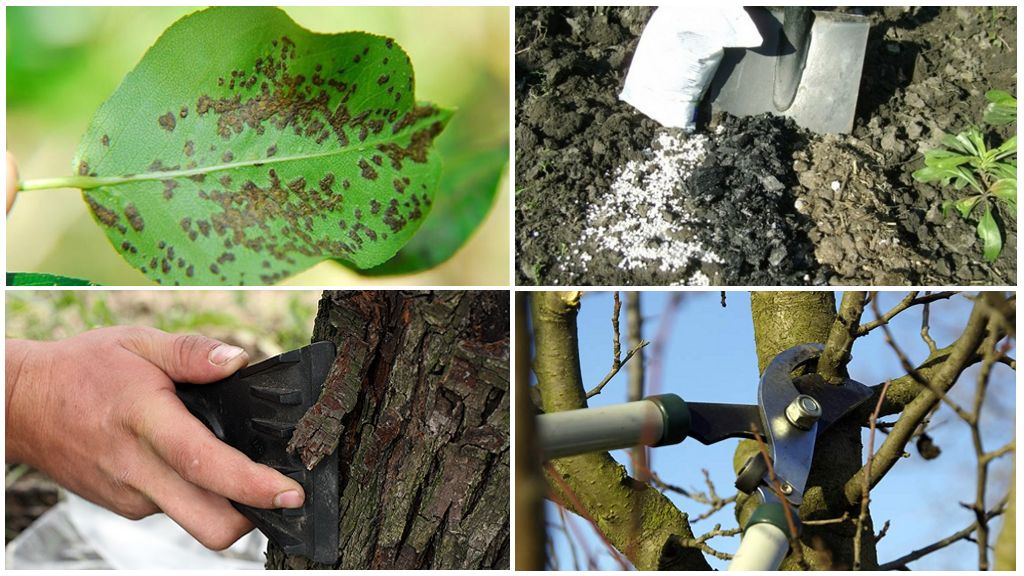
It will be correct to completely remove weeds from the site, thus depriving ticks of places for reproduction and living.
Important!
Foliage and removed branches from infected boles must be burned, this must be done immediately after removal from the tree.
Chemicals
Linden gall mite is very afraid acaricides, these means of control allow you to get rid of pests in a shorter time, thereby allowing the strain to recover and give a good harvest. It is best to treat stems with parasites with known drugs:
- Decis, which you can buy for 39 rubles. per package with 1 g of substance;
- Inta-vir acts similarly, its price starts from 40 rubles .;
- Tick-borne;
- Anti-tick;
- Fufanon from 35 rubles. for the same amount of dry powder.
Fruit trees are regularly treated with these agents, the total duration of treatment is two months, and the treatment is carried out twice a week. The effectiveness of each of the drugs is quite high, and it is better to fight in the spring.
On a note!
When choosing a new standard for the garden, you must carefully inspect the selected tree for pests. It should be understood that one instance can easily infect the entire garden in a fairly short period.
You can use the selected tool for prophylaxis, only the purchased boom is treated before disembarking with the substance diluted according to the instructions.
Folk methods
It is possible to eliminate a linden felt tick from the site without harmful chemistry. Experienced gardeners recommend the use of folk methods, the benefits of which will be many times more.
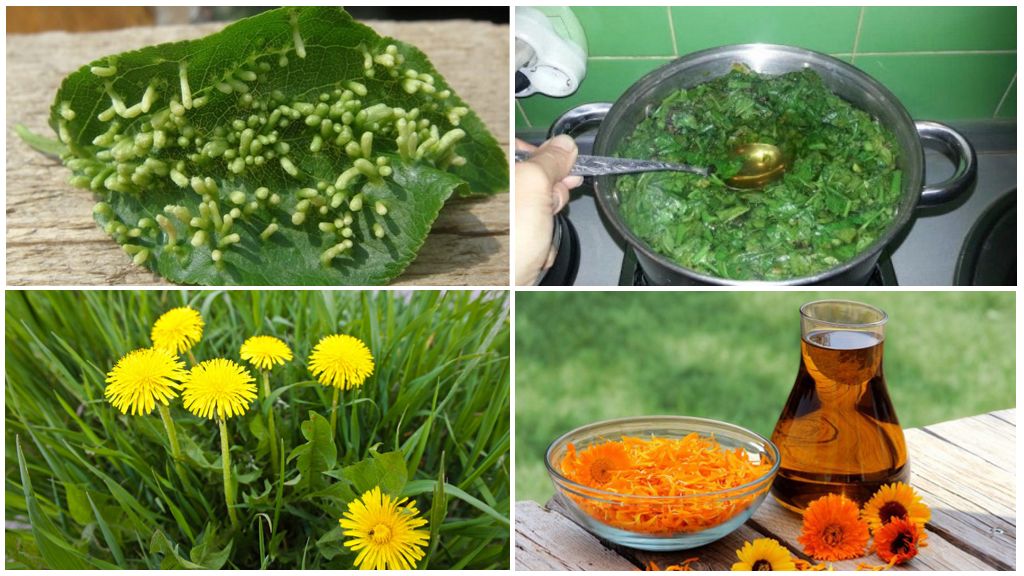
You can fight parasites on the site with the help of several effective recipes:
- Potato infusion will help to cope with the problem quickly and efficiently, for its preparation you will need a kilo of fresh tops or exactly half in dry form. The crushed stems are poured with a bucket of warm water and incubated for 4 hours. After that, add a tablespoon of laundry soap and mix well until the additive is completely dissolved. Apply the solution during the day from the moment of preparation.
- An infusion of marigold flowers is no less effective, 100 g of fresh or dry matter is poured with a liter of boiling water and boiled for 5-7 minutes. Insist 5 days, filter, add the same amount of clean boiled water.
- An ordinary dandelion will help to exterminate ticks on the site, a kilo of its leaves is poured with 3 liters of warm water, kept in a dark place for three days, filtered, add a tablespoon of crushed laundry soap.
Using folk remedies, they strictly adhere to the recipe so as not to harm the plants.
A gall pear mite can cause a lot of damage to the garden, so you need to deal with it immediately after detection.
